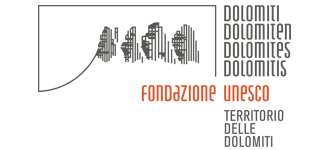BIO_MEDICINA
Home | Nature | Studies and research | Bio Medicina
Wildlife as indicators of the environmental health status.
The examination of a wounded, sick or distressed animal found in the area, through a clinical examination and laboratory tests, not only provides important data on the health of wildlife, but it also allows to assess the health condition of the environment where these animals live and that we share with them. So, the wild animal becomes a biological indicator of the ecosystem health.
Already in the 60’s wild animals were used as biological indicators. In fact thanks to the almost complete disappearance of the Peregrine Falcon (Falco peregrinus) in England and in the United States that the world public attention has focused on the issue of DDT and other toxic insecticides (also for men). In particular, the data collected by Ratcliffe (Ratcliffe, 1967) and Cade (Cade et. Al, 1971) have played a key role in limiting the use of DDT and DDE, first in England and then in the United States (Cade, 1990).
From that moment on, many researchers have done research on wild animals in order to assess the impact of human activities (in the broadest sense of the term – habitat destruction, human settlement, intensive agriculture, water pollution, pesticides, etc.) on the environment.
In this context, the Natural Park of the Friulian Dolomites has carried out some preliminary investigations on the antibiotic resistance of some bacteria in the digestive system of ibex and chamois and at the same time they measured the concentrations of some heavy metals in the tissues of ungulates inside the Park. The data obtained, although preliminary, were compared with similar examinations carried out in different environments (coastal-marine wetlands in the Northern Adriatic).
Preliminary results indicate that the human effect in the Natural Park of the Friulian Dolomites is actually low compared to other areas of the Region Friuli Venezia Giulia.

